Cordless Drywall Cut-Out Saw
Designed for cutting existing drywall, Makita's one-of-a-kind saw is quick, clean, and accurate.
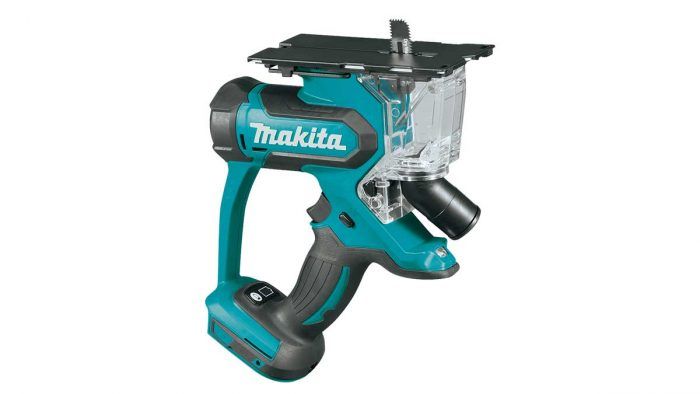
As a carpenter and occasional remodeler, I’ve acquired a number of specialty tools over the years. To earn their keep, these one-trick ponies must make my job easier, cleaner, or more efficient. One tool that checks all three boxes is a rather unusual looking 18v cordless drywall saw from Makita.
Designed for cutting existing drywall in thicknesses up to 1-3⁄16 in., this tool allows the user to make practically dust-free cuts without fear of cutting into pipes, wires, or other objects that may be lurking behind the surface.
In use, the tool functions similarly to a jigsaw, albeit with a much shorter (1⁄4-in.) stroke that oscillates as well as reciprocates. It takes proprietary blades that are much thinner and quite a bit wider than a typical jigsaw blade. The most notable difference are the teeth that surround three edges of the blade. This allows for effortless plunge cutting, and it permits cuts to be made by either pushing or pulling the tool.
I’ve used the tool on a variety of projects and have never noticed it bog down. The blade’s line of sight is mediocre at best, but similar to a circular saw, there’s a V-shaped notch in the center of the base that aligns with the blade so a scored or scribed line can be followed. Dual LED lights do a decent job of illuminating the area around the cut.
A clear plastic shroud, which snaps on and off for fast emptying, surrounds the blade and does a reasonable job of capturing a moderate amount of dust. A vacuum hose can be attached to the port on top of the shroud; unfortunately, the port is an odd size, and most shop vac or dust extractor hoses will likely require an adapter.
Makita claims that when paired with one of its 4-Ah batteries, the saw is capable of cutting up to 984 lin. ft. of 1⁄2-in. drywall on a single charge. This is the equivalent of cutting in 369 4-in. by 12-in. HVAC registers, or over 850 electrical work boxes—both of which I can see this tool being used for. To reduce weight, I prefer to use a smaller 2-Ah battery with this tool. I initially made this purchase to cut away drywall that was crowding the rough openings in a house full of windows my company was replacing. Even with a 2-Ah battery, it turned in admirable run times.
So who might benefit from such a tool? Aside from the obvious answer of drywallers, painters, remodeling contractors, and anyone needing to patch or repair drywall, it would seem to be a good fit for mechanical and electrical contractors who need to retrofit devices in finished areas on a regular basis. The saw is faster, cleaner, and more accurate than alternatives such as oscillating multitools, spiral drywall routers, or the traditional jab saw/utility knife approach. And because its depth of cut is easily controlled, it’s safer and less likely to damage anything behind the drywall.
I do have a few minor nits to pick. Since this is the only tool of its kind, the blades can be difficult to source and are priced high (upwards of $9 each), so it’s probably wise to keep a supply on hand. The need to use an Allen wrench to change blades and depth of cut is also off-putting, especially since we’ve become spoiled by toolless blade changes on so many other tools. These quibbles aside, Makita is to be commended for developing a slick alternative to what are definitely less-than-ideal methods for what can often be tedious tasks.

Greg Burnet, carpenter and woodworker
Photos: courtesy of Makita
From Fine Homebuilding #308
RELATED STORIES


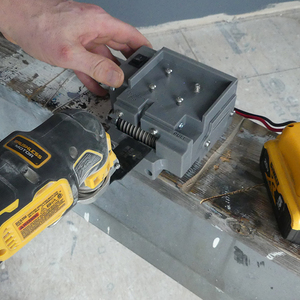






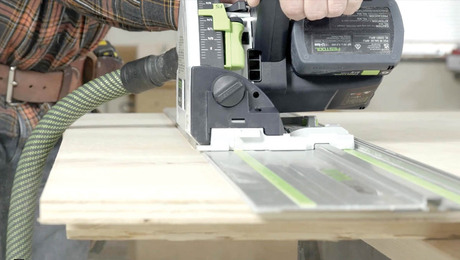
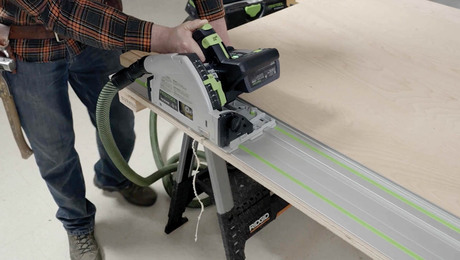

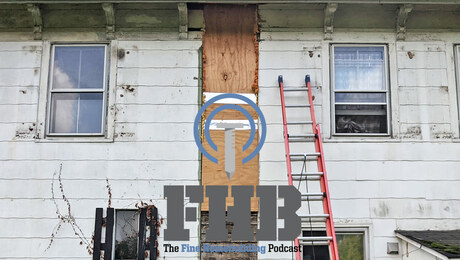
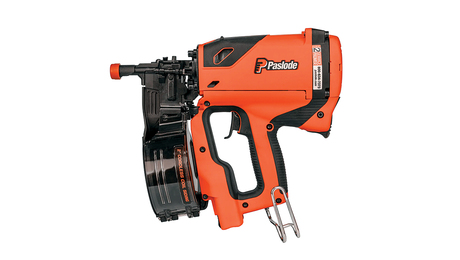
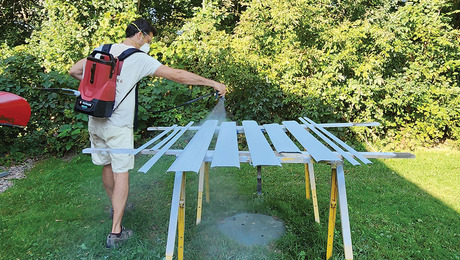











View Comments
My van doesn't have room for yettanother tool, so I just use an ordinary jig (saber) saw with a blade cut off (broken and ground) so that it sticks out 1/2" past the sole plate at maximum stroke. I grind the end of the blade (the part that enters the drywall) to a mildly sharp edge.
Most jigsaws have a long enough stroke that the blade isn't sticking out during part of the stroke, which is when you're moving the saw. I also remove the set from the teeth, which gives a skinnier kerf and produces a bit less dust.
One of these days I'll be working on a big ceiling and I'll make a 5/8" blade, but I've found the 1/2" one makes a kerf that's easy to finish with a utility knife.
Not a criticism, just curious: what happens to the $9 blade if you hit a stud or fire block?